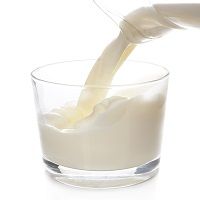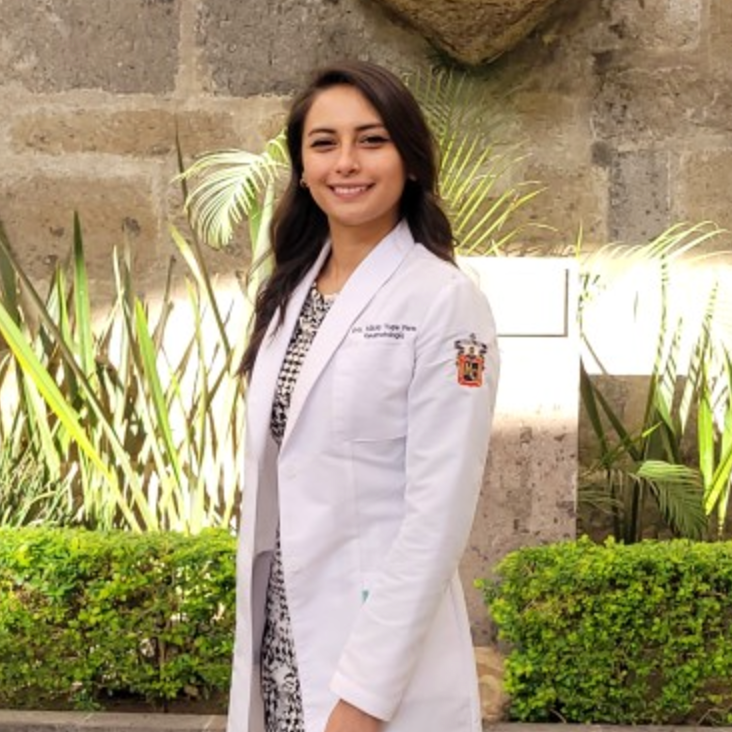Article
Milk Ladder Method of Introduction for Allergy Safe, Effective in Primary Care Setting
Author(s):
This new research is the first to examine the use of the iMAP milk ladder in primary care settings for younger patients with IgE-mediated cow’s milk protein allergy.

Primary care is an effective and safe setting in which to use the iMAP milk ladder as a method of gradual reintroduction in younger patients with IgE‐mediated cow's milk protein allergy (CMPA), according to new findings.1
This data resulted from a retrospective analysis which made up part of a larger trial comparing the strategies of IgE‐mediated CMPA management in both Ireland and Spain. The milk ladder has been shown to be an effective and safe method of milk introduction in children who have IgE‐ mediated CMPA, so this study expanded upon this research using a specific setting.2
The study was authored by Juan Trujillo, MD, MSc, from the Department of Paediatrics and Child Health at University College Cork in Ireland.
“We reviewed the safety and effectiveness of the use of the milk ladder for children with IgE‐ mediated CMPA in a (primary care) setting,” Trujillo and colleagues wrote. “This retrospective analysis is part of a larger study comparing the management strategies of IgE‐mediated CMPA in two countries (Ireland and Spain).”
Background and Findings
The investigators’ retrospective analysis involved an overall examination of the management strategies of IgE-mediated CMPA in Ireland and in Spain, focusing on individuals diagnosed with IgE-mediated CMPA between 2015 and 2021 who underwent treatment with the iMAP milk ladder at a tertiary pediatric allergy clinic and a local primary care clinic in Ireland.
The iMAP milk ladder—an adapted version of the Milk Allergy in Primary Care (MAP) Guideline—provided the research team a 12-step method for reintroducing foods with varying amounts of milk protein. Clinical staff trained parents involved in the study with the use of this ladder.
The team’s primary outcome they sought to measure was the successful completion of step 12 on the iMAP milk ladder, indicating the uneventful intake of more than 150 mL of cow's milk or the equivalent of 4.5 g of milk protein daily. Failure to reach this stage after 36 months of follow-up was considered an incomplete ladder.
For the investigators’ analysis, a total of 13 individuals from the study’s primary care cohort and 69 from the tertiary clinic cohort were included. The team’s findings shed light on the effectiveness of the iMAP milk ladder in management of IgE-mediated CMPA in both settings.
In this study’s comparison of the 2 groups, reintroduction of milk in the diet for individuals with IgE‐mediated cow's milk protein allergy (CMPA) was evaluated, with the first cohort (primary care) comprising 11 participants, and the second cohort (tertiary clinic) included 57 participants.
The investigators’ results indicated that 85% of those in the primary care arm and 83% in the tertiary care arm successfully completed the milk ladder reintroduction (p = 0.86). The team noted that the mean time to complete step 12 of the ladder was found to be 12.7 months in the primary care group and 15.5 months in the tertiary care group (p = 0.472).
Additionally, the research team reported that the primary care group required more appointments (mean 3.5) compared to the tertiary care group (mean 2.3) (p = 0.047), but this did not substantially impact the success rates in completing the ladder. The team added that allergic symptoms were experienced in both of the cohorts (46.2% in primary vs. 46.4% in tertiary) with cutaneous and gastrointestinal symptoms being the most common.
Notably, the investigators found that no child suffered anaphylaxis due to the managed introduction of milk using the ladder system, though mild allergic reactions were shown to have occurred during the escalation period.
In terms of achieving tolerance, the primary care arm reached this at the 25 month mark, while the tertiary arm reached it at the 30.4 month mark (p = 0.472). Accidental exposure to milk during the process of reintroduction was also found to have happened in 27.3% of those in the primary care cohort and 11.6% in the tertiary care cohort (p = 0.265), with 1 case in each cohort being reported.
“To our knowledge, this is the first study exploring the use of the milk ladder for IgE‐mediated CMPA in PC settings,” they wrote. “Further prospective and randomized studies are recommended to support general practitioners in the use of the milk ladder in their clinical practice.”
References
- Cronin C, McGinley AM, Flores L, et al. Primary care as a setting for introducing milk using the milk ladder in children with IgE‐mediated cow's milk protein allergy. Clin Transl Allergy. 2023;13(7):e12286. Published 2023 Jul 17. doi:10.1002/clt2.12286.
- Cronin C, Ramesh Y, De Pieri C, Velasco R, Trujillo J. ‘Early introduction’ of cow's milk for children with IgE‐mediated cow's milk protein allergy: a review of current and emerging approaches for CMPA management. Nutrients. 2023;15(6):1397. https://doi.org/10. 3390/nu15061397.




